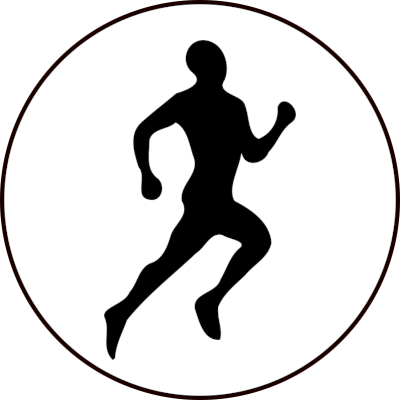“Slow is smooth. Smooth is fast.”
This is actually applicable to running, but not in the most intuitive way. Be slow to master running smoothly, both in form and aerobic fitness. That will reduce injury risk when you do targeted workouts. These will be fast. Steady slow running, regardless the mileage, will not make you faster (unless you’re a beginner). Speed sessions will.
Steady slow running, regardless the mileage, will not make you faster (unless you’re a beginner). Speed sessions will.
What distances are you talking about and what would you define as a beginner? One of the most common tips I hear from faster (17/18/19 minute) 5 km runners is to run slower for longer (10+ km). It’s often the thing they claim pushed them through a barrier they’d been stuck at for a while.
Of course good base is needed, and mileage helps tremendously. But 5k is a good distance for understanding some concepts. I’m no coach, and in fact, I’m a middle of the pack runner, but I’m also a numbers nerd who experimented with lots of approaches.
For 5k, the most important physical measure is VO2 max. As you go longer distances, lactate threshold becomes more important. Long slow runs improve your aerobic base, and you can fine-tune your form. However only slow (conversational pace) runs, even when the total mileage is great, actually lower VO2 max over time. I saw it on my own training (and couldn’t beat my PB), and I was told of scientific studies confirming it as well. So, some of the slow running needs to be replaced by workouts that target the 5k distance. The best-known such workout is the Norwegian 4x4: 4 times 4 minutes at max effort. Max effort (HR zone 5) directly trains VO2 max. I’m too old and slow, and not ambitious enough for that, so I’m doing 6x1 km at threshold effort (low end od HR zone 4), with 500 m recovery jogs. That takes only 40 minutes or so, from a total of 7 hours of weekly running. Slow running still plays a major part, but it’s not the main contributor to my speed.
Sorry for the rambling. The short version is that in my experience, only slow running will make you plateau as you get better, and then actually start slowing you down. You’ll need distance-specific workouts to keep improving.
What you’ve said here lines up more with what I’ve heard elsewhere. That is, a mixed approach to training where you’re not solely running at threshold all the time with speed training or only focusing on distance. I’m guessing faster runners commonly fall into the trap of the former, slower runners the latter.
Nobody knows or cares how far into your run you are or how much further you have to go.
Ohhhh it’s the “I need to piss now” walk, but over a long distance.





